Hello, Frank Indiviglio here. Please see Part I of this article for my “close call” with some cyanide-producing millipedes.
Millipede Generated Cyanide and Poison Frogs
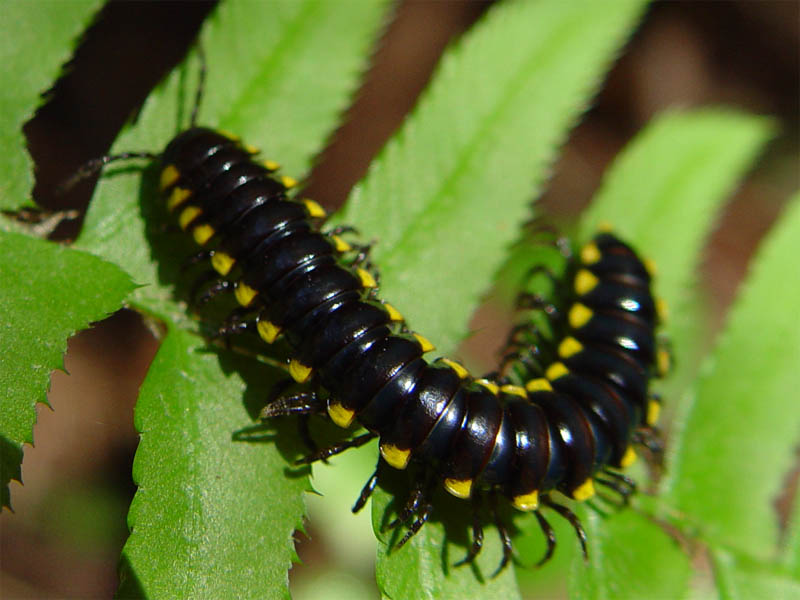 It seems that millipedes of many types (there are over 10,000 species described to date) mix hydrogen cyanide, quinones, phenols and aldehydes with enzymes to create toxic defensive sprays and secretions. In fact, tiny millipedes consumed by poison frogs (Dendrobates spp.) account for some if not most of the virulent skin toxins found in the skins of these colorful amphibians.
It seems that millipedes of many types (there are over 10,000 species described to date) mix hydrogen cyanide, quinones, phenols and aldehydes with enzymes to create toxic defensive sprays and secretions. In fact, tiny millipedes consumed by poison frogs (Dendrobates spp.) account for some if not most of the virulent skin toxins found in the skins of these colorful amphibians.
Much like the frogs, millipedes seem to obtain at least some defensive chemicals from their diet. As is true with poison frogs and related species, the toxicity of the millipedes’ secretions decreases over time when they consume captive diets.
Monkeys and People Draft Millipedes to Battle Pests
The monkeys studied by my friend (please see Part I) were using the millipedes as a mosquito and parasite repellent. The millipedes seemed quite valuable to the monkeys – so much so that the normally arboreal primates left the safety of the tress to retrieve any millipedes that had been accidentally dropped.
Certain millipede secretions also have antibacterial properties, and are being investigated for medicinal use…it is not known if monkeys exploit this aspect of the toxins as well.
Millipedes as Pets
Millipede secretions can irritate our skin, mucus membranes and eyes, so I always caution people to handle them with gloves and  to keep the animals away from one’s face. Stressed millipedes confined in airtight containers have been known to expire from the concentrated effects of their own toxins.
to keep the animals away from one’s face. Stressed millipedes confined in airtight containers have been known to expire from the concentrated effects of their own toxins.
That being said, millipedes make extremely interesting terrarium subjects, and a number breed well in captivity. Next time I’ll cover the care of a few regularly available species.
Further Reading
Millipedes have other defensive tricks as well. A tiny millipede native to Florida uses detachable bristles to disable ants and other predators. Read more here.
Until then, please write in with your questions and comments.
Thanks,
Frank Indiviglio
Harapahe haydeniana image referenced from wikipedia and originally posted by Folini
Millipede image referenced from wikipedia and originally posted by Esculapio
 That Reptile Blog – Reptile, Amphibian and Exotic Pet Care and Information
That Reptile Blog – Reptile, Amphibian and Exotic Pet Care and Information

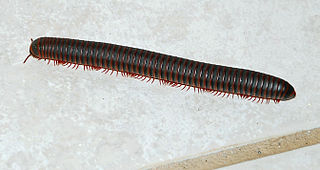
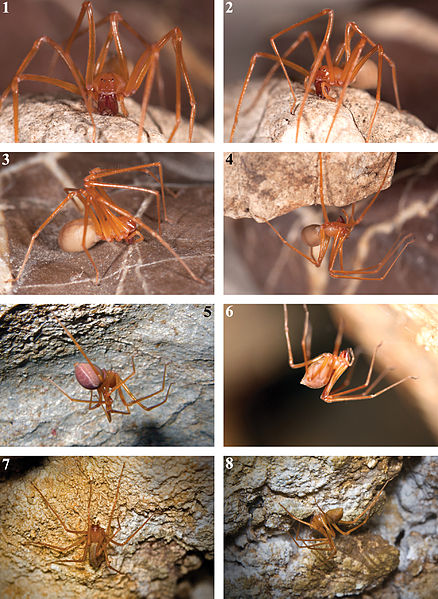
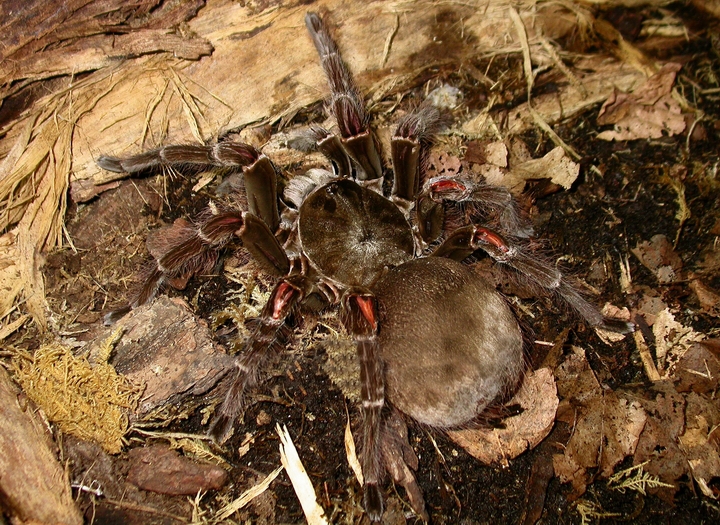
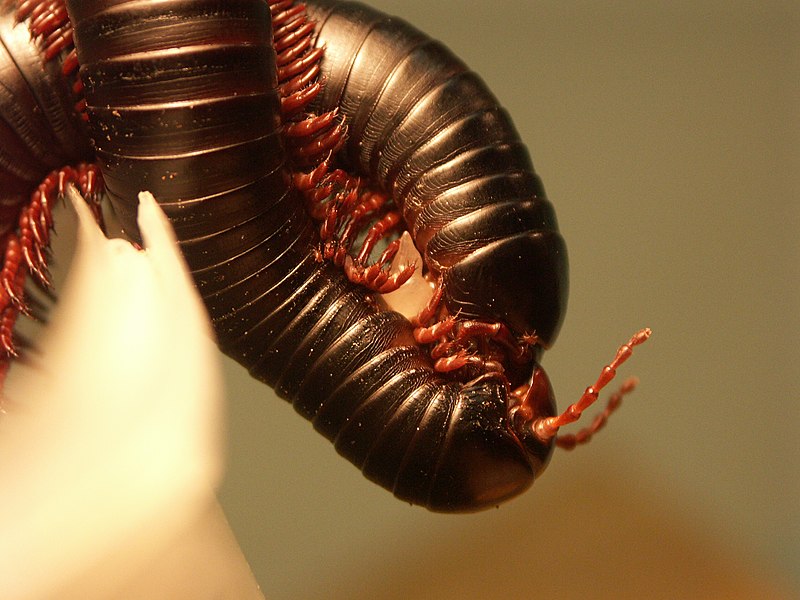 and in the hopes of providing as many nutrients as possible, I began offering African giant millipedes a wide variety of food items. With the help of colleagues here and abroad, I eventually arrived at a diet that has allowed me to breed a number of native and exotic millipedes, and to maintain individual animals for over 10 years.
and in the hopes of providing as many nutrients as possible, I began offering African giant millipedes a wide variety of food items. With the help of colleagues here and abroad, I eventually arrived at a diet that has allowed me to breed a number of native and exotic millipedes, and to maintain individual animals for over 10 years. It seems that millipedes of many types (there are over 10,000 species described to date) mix hydrogen cyanide, quinones, phenols and aldehydes with enzymes to create toxic defensive sprays and secretions. In fact, tiny millipedes consumed by poison frogs (Dendrobates spp.) account for some if not most of the virulent skin toxins found in the skins of these colorful amphibians.
It seems that millipedes of many types (there are over 10,000 species described to date) mix hydrogen cyanide, quinones, phenols and aldehydes with enzymes to create toxic defensive sprays and secretions. In fact, tiny millipedes consumed by poison frogs (Dendrobates spp.) account for some if not most of the virulent skin toxins found in the skins of these colorful amphibians.  to keep the animals away from one’s face. Stressed millipedes confined in airtight containers have been known to expire from the concentrated effects of their own toxins.
to keep the animals away from one’s face. Stressed millipedes confined in airtight containers have been known to expire from the concentrated effects of their own toxins.